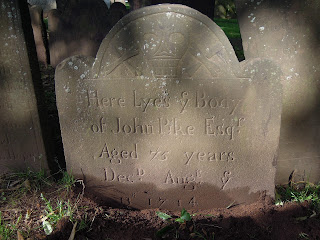The Robertsons are known in Gaelic as clan Donnachaidh after Duncan, who led the clan at Bannockburn in 1314. The clan continued to be known as Duncan until around 1450, when hey adopted the name of Robert, one of their chiefs who captured two of the murderers of King James I and handed them over to justice.
The clan's early history is obscure, several accounts being given - one that they are descended from the MacDonalds, another that they descend from the old Earls of Atholl, and yet another that they belong to the Kindred of Columba and would thus descend from very early Irish kings.
Duncan who led the clan at Bannockburn seems to be the earliest chief on record, and it is from his son Robert that the Robertsons of Struan descend. Their chiefly title of Struan-Robertson is derived from their Struan lands which were ereced into a free barony in 1451. The question of style was a matter of chiefly choice, and the Robertson chief could just as easily have elected to be called the MacDuncan or the MacRobert of MacRobert.
William Struan was killed by the Earl of Atholl in 1530, and the Earl seized nearly half of the clan lands. The 11th laird died in 1636 leaving an infant to succeed him, and the child's uncle Donald became the captain of the clan during his infancy. He was



